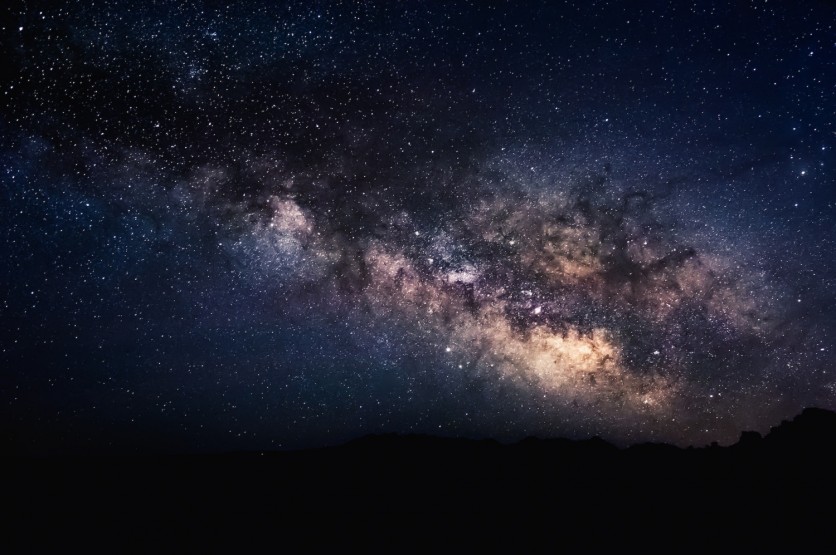Time dilation is usually present in sci-fi movies especially if the main theme is all about cosmic encounters. While it sounds impossible in real life, astronomers said that it had happened in the early cosmos.
According to the latest study, scientists have witnessed this strange phenomenon after making observations about quasars, the luminous types of black holes.
Are Quasars Also Black Holes?

According to WION's report, quasars are located at the center of a galaxy. They are the enormous black holes wandering around the universe. It is said that some of them are even bigger than the Sun.
Millions to billions of them are existing in the galaxy and they could devour any object that comes close to them. Inside a quasar lies a very strong gravitational pull.
What's more, they are black holes with jets of high-energy molecules which allow them to glow every time they spin.
Time Dilation in the Early Cosmos
Scientists have recently uncovered a strange case of time dilation existing in the past universe. This scientific breakthrough has been a part of an important observation that Albert Einstein posited.
Additionally, experts have witnessed that when the universe was only one billion years old, everything tended to move slower than today.
"We see things changing about five times slower than today. It's like watching a movie with the speed turned down," Geraint Lewis, a professor of astrophysics and lead author of the study at the University of Sydney said.
Related Article : Perception of Time Dilation Offers Different View of Dark Energy
What Does The Theory of General Relativity Say?
You're probably wondering why the theory of relativity is enveloped in the study. You probably heard it from your science class during your high school days.
When time dilation happens, the universe appears to be expanding. The very same description was included in the 1915 theory of gravity of the famous scientist.
The wavelength of the light stretches when it travels across cosmic points. This made the old galaxies become redder than their usual colors.
Simultaneously, time itself becomes stretched. This means that the time interval between flashes from a distant object, which would occur once every second, is lengthened due to the universe's expansion. Thus, when these flashes reach Earth, more than one second has elapsed between them.
Successful Observation of Time Dilation
Previous attempts to observe time dilation in the ancient universe, particularly through the study of distant and brilliant galaxies called quasars, had proven unsuccessful.
However, Professor Geraint Lewis and Dr. Brendon Brewer from the University of Sydney and the University of Auckland, respectively, conducted a detailed statistical analysis of 190 observed quasars in two decades.
Their groundbreaking study, published in Nature Astronomy, identified a crucial breakthrough: they discovered the equivalent of a "clock's tick" in the erratic light displays of these quasars.
According to The Guardian, the successful observation not only provided strong proof that Einstein's theory is indeed existing, but it also opened the portals to new learnings about the universe.
For Professor Lewis, it's also good to study the evolution of the cosmos and its components and never take these principles for granted.
To view the study entitled "Detection of the cosmological time dilation of high-redshift quasars," visit Nature.com.

ⓒ 2025 TECHTIMES.com All rights reserved. Do not reproduce without permission.




